![]() an organizer
an organizer
 JP | EN
JP | EN
 JP | EN
JP | EN
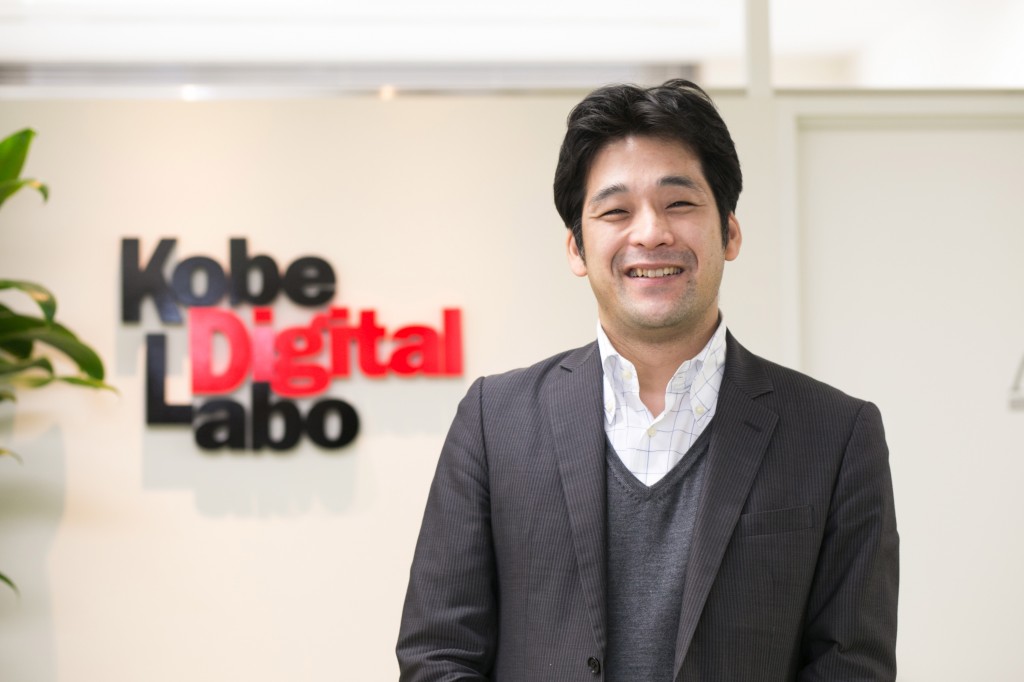
At the time of the Great Hanshin-Awaji Earthquake, the area I lived in was not affected much, so I may not have much to talk about. If I have something to say, it would be about the future, such as how Kobe is going to develop 20 years after the earthquake.
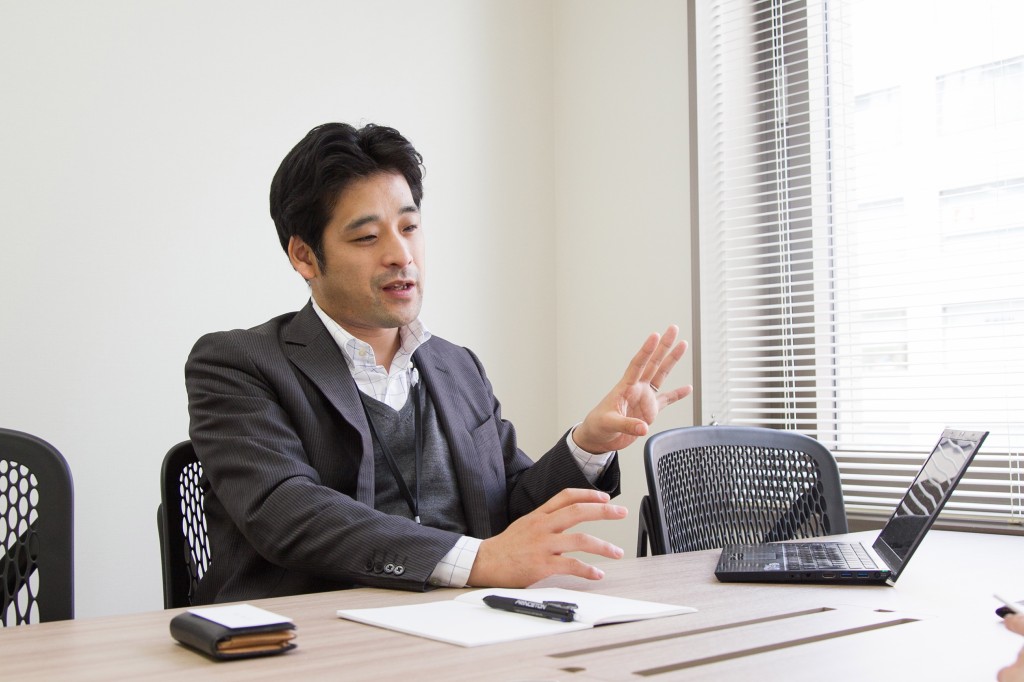
There was lots of information about people, from inside and outside Japan, volunteering to support the disaster-struck areas. I discussed with some friends that we should make use of such information, and called for ideas at the department gathering in early February. About 300 students offered to help us.
I formed an organization called the “IVN Kobe University team,” and 4 to 5 members including myself brought in sleeping bags and spent nights in the computer room. We updated the online status of support activities and edited information on Ajisai Net, which was run by Kobe City, printed them out, and posted them at evacuation centers. We also shared the status of relief supplies and the life of people at the evacuation centers online.
I had an opportunity to take part in support activities, surrounded by many people who came from all over the world to help the disaster-struck areas. A part of the activity log recorded at the Disaster/activity log room, which began as a section meeting in July, is today still available as part of the Disaster Materials Collection at Kobe University.
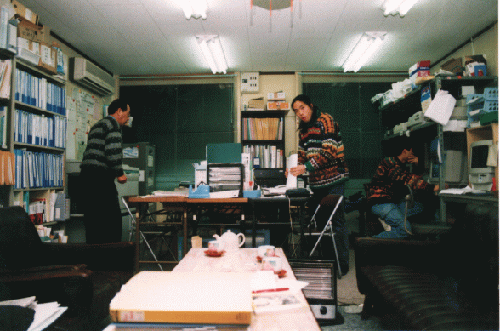 Photo: “Disaster/activity log room” began to keep the records of the disaster-support activities in the Disaster/activity log room.
Photo: “Disaster/activity log room” began to keep the records of the disaster-support activities in the Disaster/activity log room.I met Ichiro Nagayoshi, the CEO of Kobe Digital Lab, and quickly felt empathy for his idea of using the company’s profit to support the cultural projects and earthquake reconstruction projects. I decided to join the company at once. I used to have the impression that I could only contribute to society by working for an NPO or volunteering, but his words totally broadened my horizons.
When I visited Tokyo and Osaka for IT events, I always met interesting people from Kobe, but somehow I didn’t have a chance to meet them in Kobe. That was why I organized the Open Source Conference in 2010 for the first time to spread source code, the strings of characters that act as the source of computer programs and software.
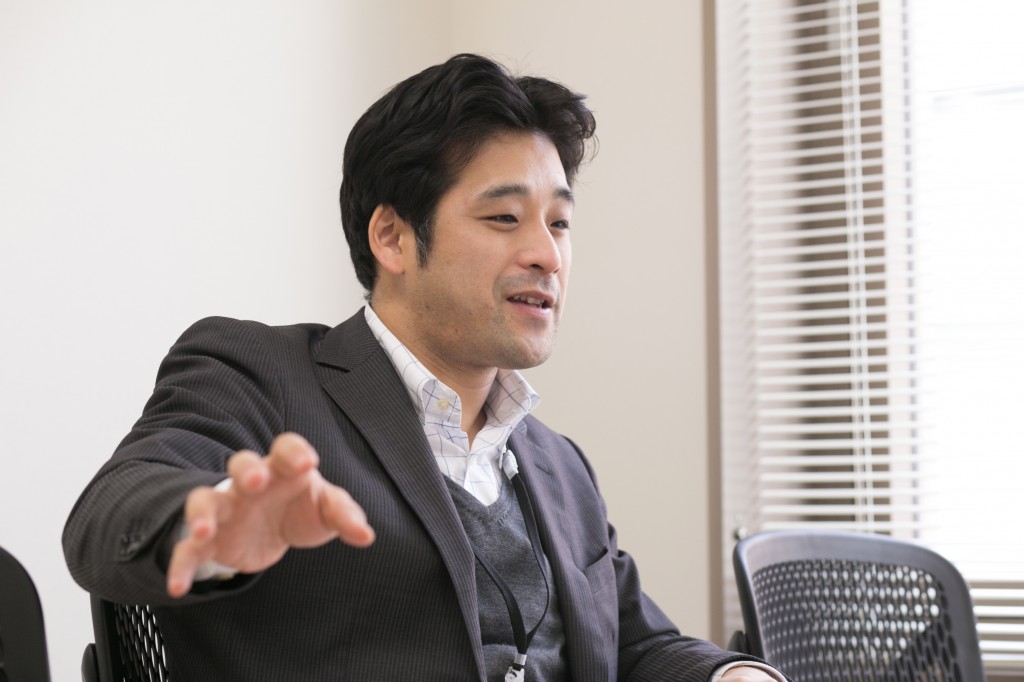
At the festival, we incorporated music, interactive art that responds to the movement of people using computers and sensors, as well as programs for kids. Many people participated in the event and enjoyed it.
The Kobe IT Festival has been held now for five consecutive years, and we invite special guests from Kobe or people who you would not normally have a chance to meet even at events in Tokyo.
Boosted by the festival’s success and the development of Kobe medical industrial town, as well as the “Kei” supercomputer, the computer graphics festival, SIGGRAPH ASIA, will be held in Kobe in 2015, the first time in six years it will be held in Japan.
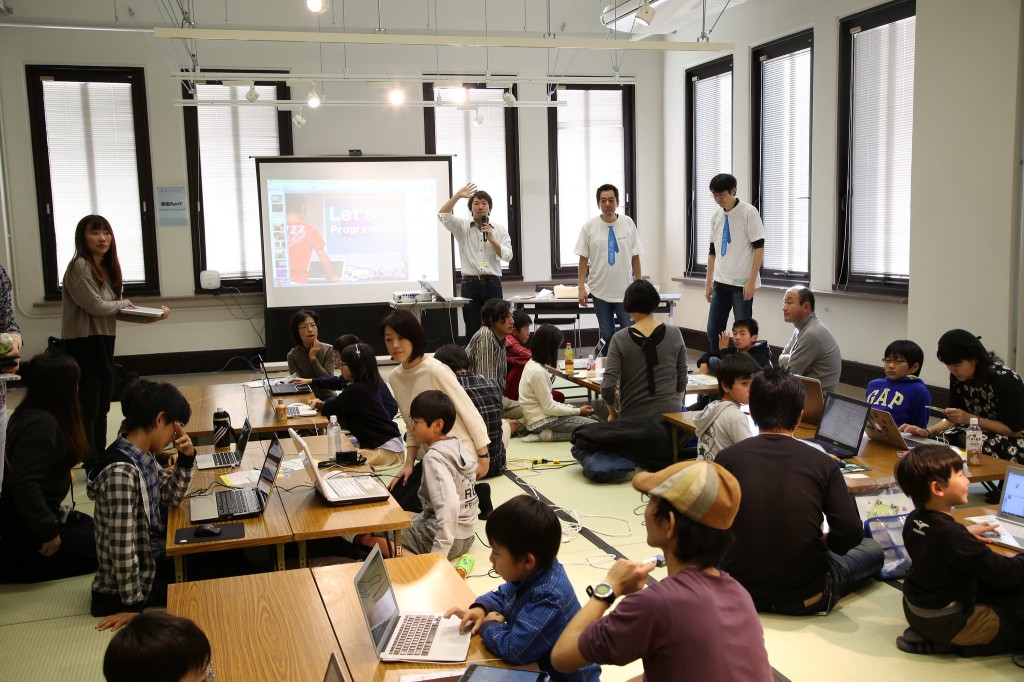 Photo: The Kobe IT Festival 2011 was designed to involve children and achieved great success
Photo: The Kobe IT Festival 2011 was designed to involve children and achieved great successI had an opportunity to talk to people who wanted to hold TEDx in Kobe, and so we obtained a license as an organizer. At TEDx, speakers give easy-to-understand presentations So I thought that anyone could take the ideas with them and practice them in their own field.
I have organized numerous events before, but I didn’t have opportunities to see people expressing gratitude for the event. At TEDx, not only the participants but also the speakers gave thanks for the event. It made me really happy.
I didn’t want to be satisfied with just TEDxSannomiya, but wanted to hold events under the name of “Kobe.” The week after we held TEDxSannomiya, I participated in the main TED 2014 event “TEDActive 2014” in Vancouver, Canada, and conveyed my thoughts to a license manager. In June 2014, we were finally given a license to hold TEDxKobe.
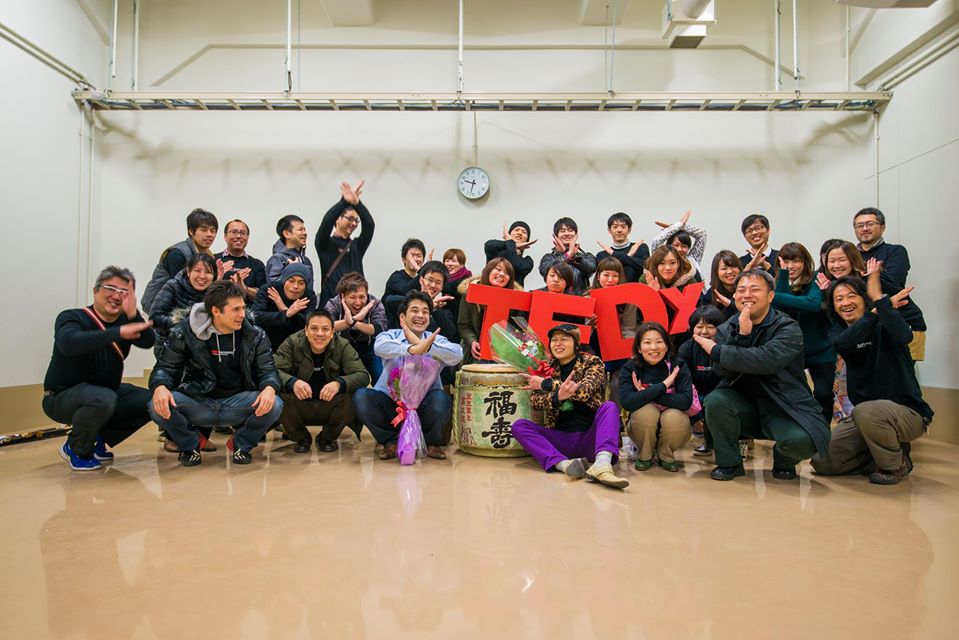 Photo: Surrounded by versatile staff members
Photo: Surrounded by versatile staff members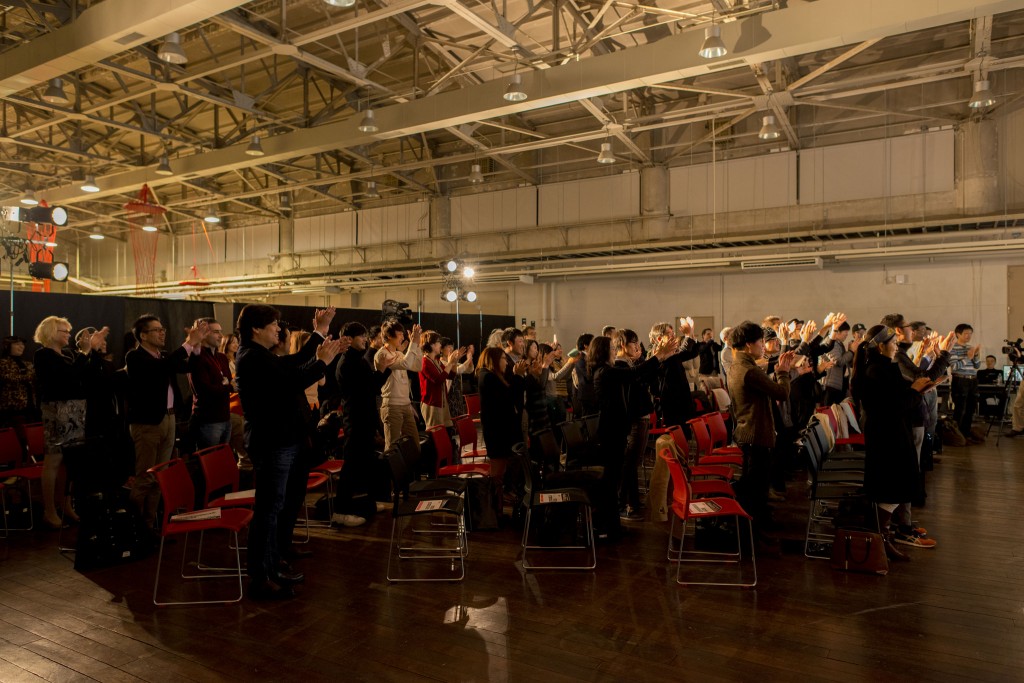 Photo: TEDxSannomiya was successful, generating connections between future ideas and people
Photo: TEDxSannomiya was successful, generating connections between future ideas and peopleUniversity students who worked for TEDxSannomiya, members who support the Kobe IT Festival, designers, architects and engineers who create visuals and space designs—so many people had given help in making the events happen. I am continuing these activities, hoping that TEDxKobe will become a meta-community that connects communities all over Kobe.
Different people have different ways of dealing with the Great Hanshin-Awaji Earthquake. I thought that this event would be an opportunity for people to face their “walls” or the past and help deepen understanding within themselves and with others.
The word “community” comes from “com” (each other) + “munus” (sending gifts). I think that sharing different ideas will help generate diversity and develop Kobe into a community with real connections. Kobe today has a variety of communities, but we may not necessarily have opportunities to connect with each other. I hope that we can create more “points” where communities interact with each other and form multi-cultures and diversity.
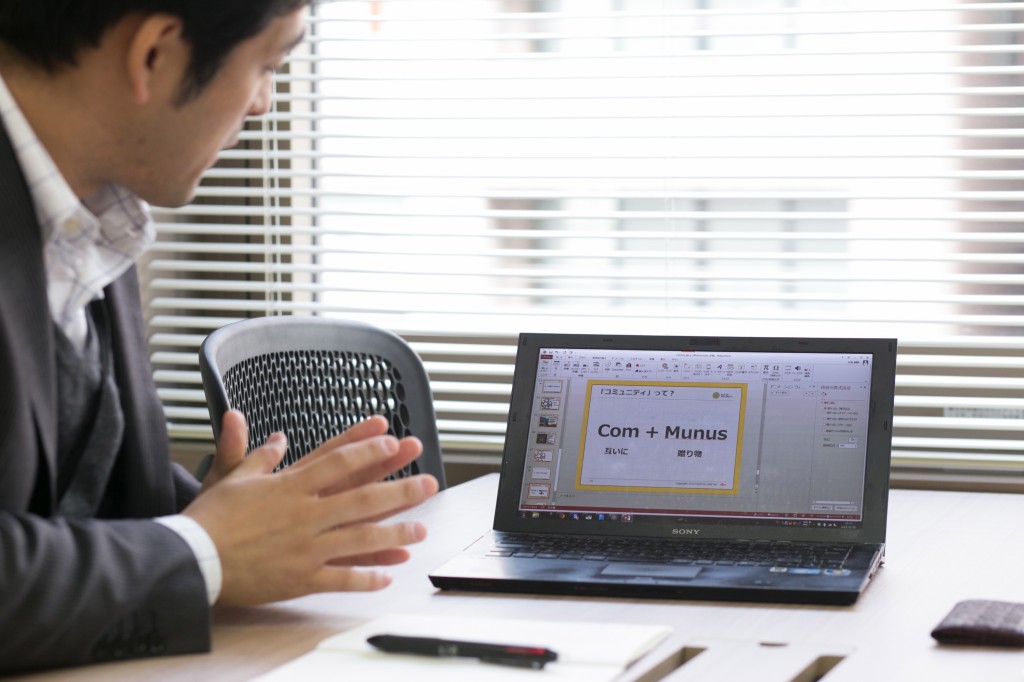 Photo: The word “community” comes from “com” (each other) + “munus” (sending gifts)
Photo: The word “community” comes from “com” (each other) + “munus” (sending gifts)Takeo Funahashi
Organizes TEDxKobe and the Kobe IT Festival, while working in the Public Relations Department at Kobe Digital Lab. At the time of the Great Hanshin-Awaji Earthquake, he formed a volunteer team of Kobe University students to be “information volunteers” to obtain online information on disaster-support activities and post them at evacuation centers, using the University’s Internet-connected computer room. In March 2014, he held TEDxSannomiya, the first TEDx event in Kobe, as a small-scale version of the larger TED events. He plans to hold TEDxKobe again in May 2015, expanding the scale and contents.